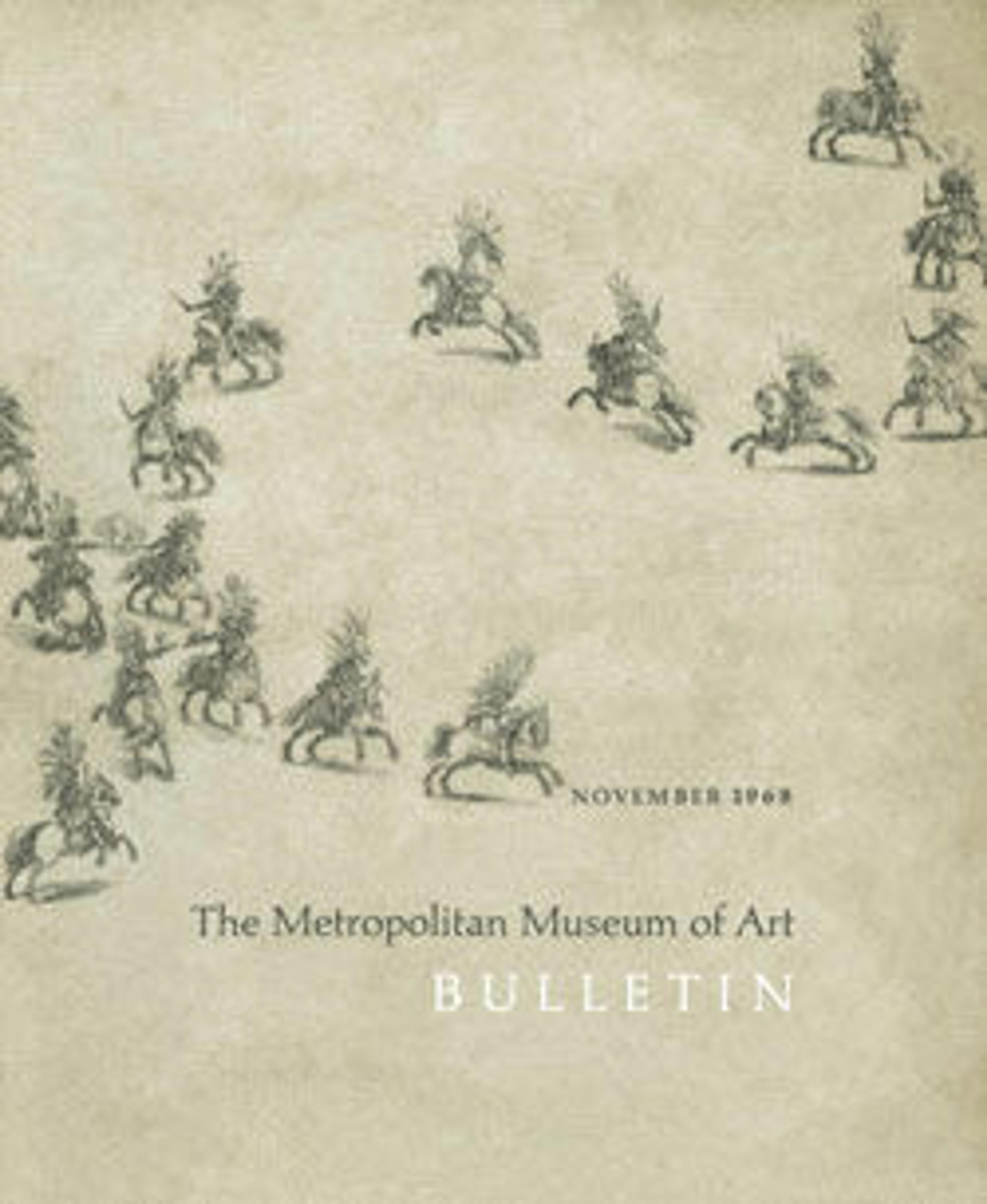Candle Stick
Developed in Eastern Iran in the late 11th century, the technique of silver inlaid brass spread all over the Islamic world. The polychrome effects of the silver inlay and the golden brass were highlighted by a black paste. The ornamentation is composed of calligraphy and roundels with geometric designs and human figures, set on a scrolling foliage.
Artwork Details
- Title: Candle Stick
- Date: 14th century
- Geography: Attributed to Iran
- Medium: Brass; engraved and inlaid with silver
- Dimensions: H. 11 7/8 in. (30.2 cm)
Diam. 10 3/16 in. (25.9 cm) - Classification: Metal
- Credit Line: Edward C. Moore Collection, Bequest of Edward C. Moore, 1891
- Object Number: 91.1.529
- Curatorial Department: Islamic Art
More Artwork
Research Resources
The Met provides unparalleled resources for research and welcomes an international community of students and scholars. The Met's Open Access API is where creators and researchers can connect to the The Met collection. Open Access data and public domain images are available for unrestricted commercial and noncommercial use without permission or fee.
To request images under copyright and other restrictions, please use this Image Request form.
Feedback
We continue to research and examine historical and cultural context for objects in The Met collection. If you have comments or questions about this object record, please complete and submit this form. The Museum looks forward to receiving your comments.
